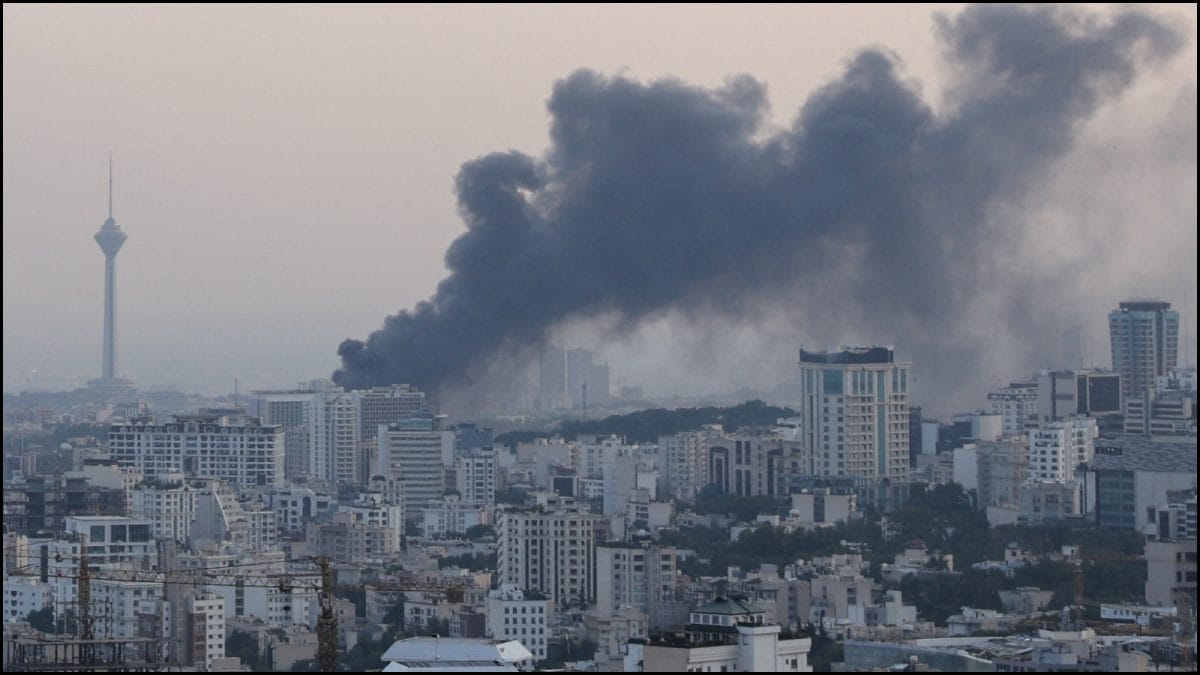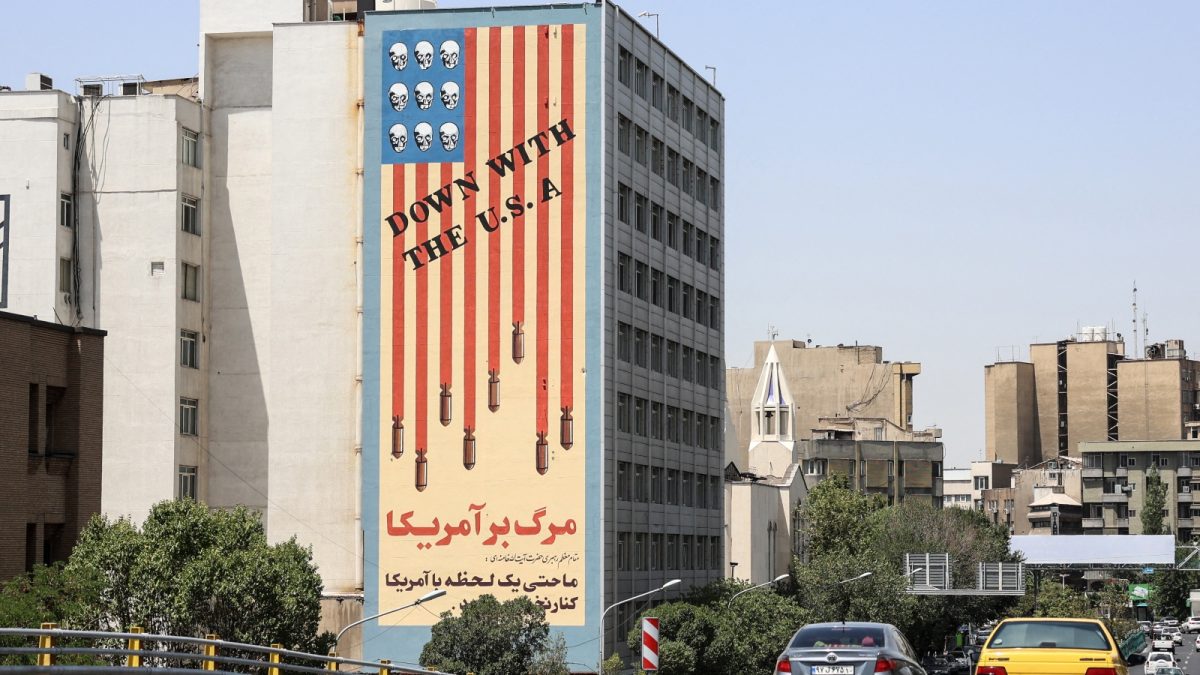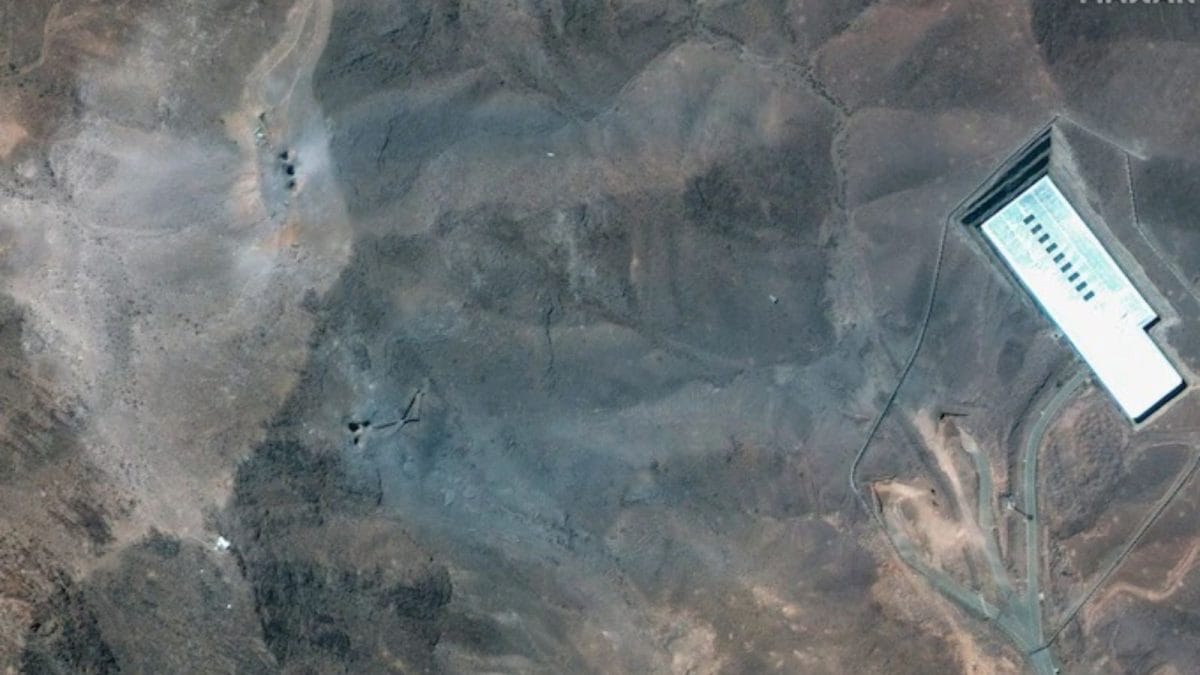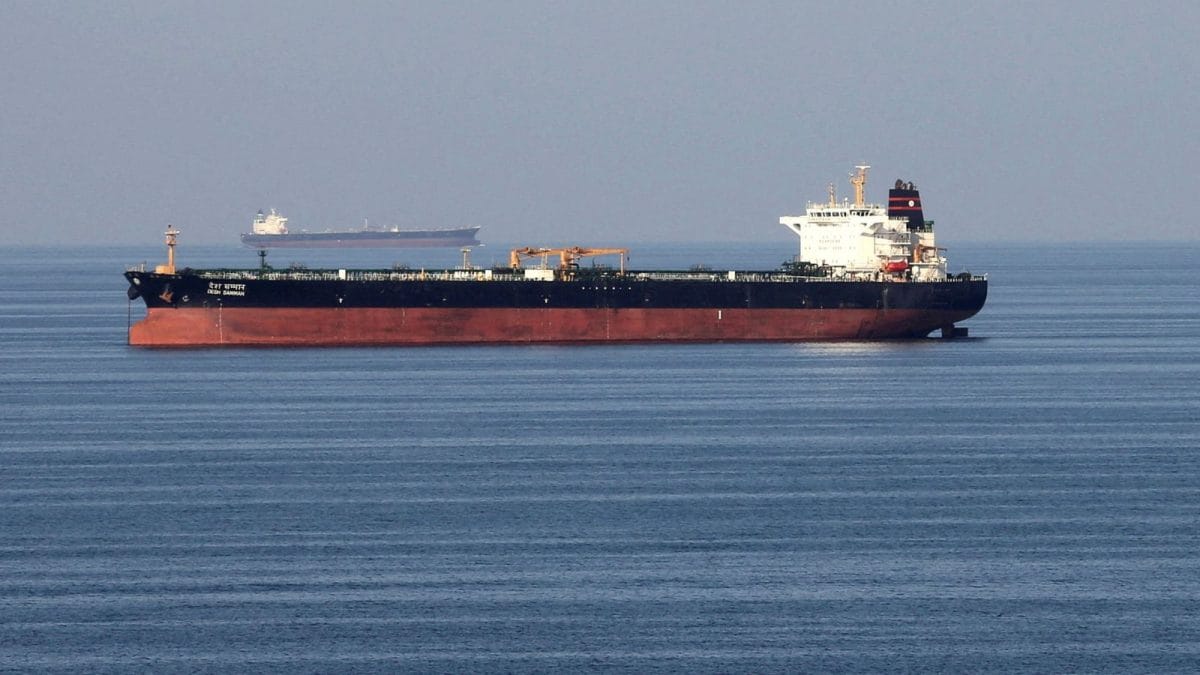Last Updated:June 22, 2025, 20:13 IST
Iran's parliament approved a measure to close the Strait of Hormuz, a key global oil shipping route, following US strikes on the country's nuclear sites

Top intelligence sources said the closure of the Strait of Hormuz is likely to trigger a global recession, potentially worse than the 1973 oil crisis. (Image: NASA Earth Observatory/AFP)
Iran’s closure of the Strait of Hormuz – a key global oil shipping route – is a significant geopolitical and economic blow to the world and to itself, top intelligence sources told News18.
Iran’s parliament on Sunday approved a measure to close the Strait of Hormuz, following US strikes on the country’s nuclear sites.
According to top intelligence sources, the closure of the strait is likely to trigger a global recession, potentially worse than the 1973 oil crisis. For India, this is important as about 2 million barrels per day (bpd) of crude oil out of its total import of 5.5 million bpd transits through this narrow waterway.
The sources said the strait will choke 20 to 25 per cent of the world’s oil and 30 per cent of global LNG trade. It is a crucial chokepoint for energy lifelines to Asia and Europe, they said. Oil prices are expected to soar by $200 to $300 per barrel, causing major global inflation, they added.
Logistics costs will rise as ships are forced to reroute around Africa, the sources said. Shipping delays and costs will surge by 300 to 400 per cent, significantly disrupting key shipments and energy routes that will impact India, China, Japan, South Korea, and the European Union, they added.
They further said the situation could escalate if Gulf Arab states like Saudi Arabia, the UAE, and Qatar join or support action against Iran alongside the US, as it will affect all of them. Iran-backed proxies such as the Houthis, Hezbollah, and militias are likely to escalate attacks across the region, they added.
Analysts said the heightened tensions in the world’s largest energy supply basket will, however, have a near-term impact on prices, with oil prices likely to jump to $80 per barrel.
‘IRAN’S OWN ECONOMY WILL COLLAPSE’
The sources, however, said this is a self-destructive move, as Iran exports 85 per cent of its oil through the Strait of Hormuz. Its closure would collapse Iran’s own economy, they said.
The strait has been described as the “world’s most important oil transit chokepoint" between Oman and Iran. Any closure, even partial, will reshape global trade and oil security.
This move is aimed at paralysing shipping and provoking a major power conflict. It marks the beginning of a major escalation, likely triggering a multi-theatre conflict involving the US, Gulf states, and Iran’s proxies, the sources said.
They also said the closure of the strait will block Iran’s gasoline imports, leading to domestic shortages. This is not just regional posturing, but a threat to collapse global energy markets. Iran’s regime is under enormous internal and external pressure, and this action signals desperation.
WHAT IS THE STRAIT OF HORMUZ?
The Strait of Hormuz is one of the world’s most critical chokepoints, through which a fifth of global oil and gas supply flows.
When it comes to its geographical position, the strait connects the Persian Gulf to the Arabian Sea and the Indian Ocean. The narrow channel, approximately 33 km wide at the narrowest point, separates Iran (north) from the Arabian Peninsula (south).
But shipping lanes in the waterway are even narrower – almost 3 km wide in each direction, making them vulnerable to attacks and threats of being shut down.
It is of great strategic and economic importance, especially as oil tankers collecting from various ports on the Persian Gulf must pass through it. It serves as the maritime artery through which a fifth of the world’s oil and gas flows.
In 2024, daily shipments averaged 20.3 million barrels of oil and 290 million cubic meters of LNG, as per data from the US Energy Information Administration (EIA).
WHO WOULD BE MOST IMPACTED?
The bulk of oil exports from regional powerhouses – Saudi Arabia, Iraq, UAE, Qatar, Iran, and Kuwait – must transit the Strait of Hormuz. In the past, it was the West – chiefly the US and Europe – that stood most exposed to disruption in Persian Gulf energy flows but today it is China and Asia that would bear the brunt of any closure.
According to the EIA, 82 per cent of the crude oil and condensate exports passing through this narrow waterway in 2022 were destined for Asia, with India, China, Japan, and South Korea accounting for 67 per cent of total flows in 2022 and the first half of 2023.
India imports about 90 per cent of its crude oil, with over 40 per cent of those imports originating from Middle Eastern countries whose exports transit the strait.
According to EIA, China imported 5.4 million bpd of crude through the Strait of Hormuz in the first quarter of 2025. India imported 2.1 million bpd, followed by 1.7 million bpd by South Korea, and 1.6 million bpd by Japan.
The Energy Agency (IEA) has said any disruption to flows through the strait would have significant consequences for world oil markets.
(With PTI inputs)
Group Editor, Investigations & Security Affairs, Network18
Group Editor, Investigations & Security Affairs, Network18
Tehran, Iran
First Published:News world Why Iran's Move To Close Strait of Hormuz Is A Blow To Global Energy Trade | Exclusive

 5 hours ago
5 hours ago


















